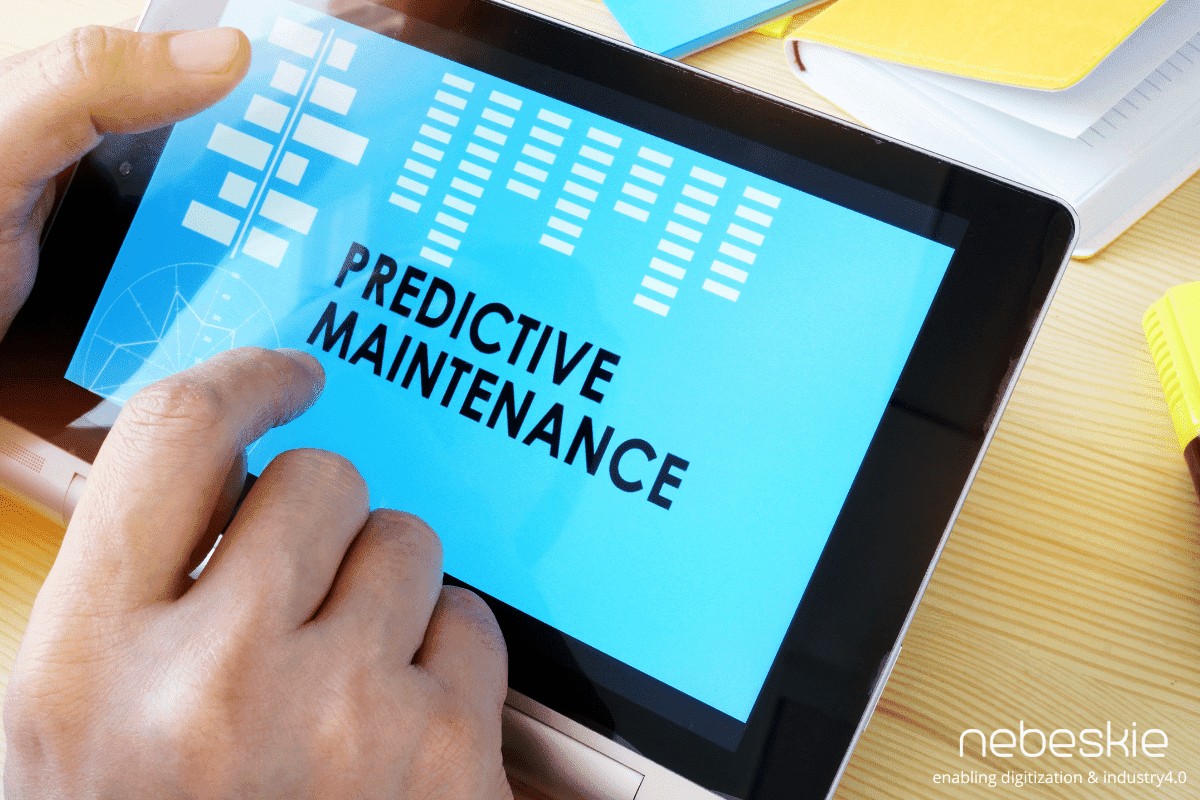Digitization, Industry4.0 and Predictive Maintenance

As per Gartner, decision automation in predictive maintenance will generate the highest business value for organizations with heavy assets. Businesses in asset-intensive industries struggle to balance operating costs and asset availability. Effective asset management and maintenance strategy play a vital role in ensuring that this balance is maintained, i.e., keeping the costs down and asset availability up– enabling businesses to avoid the costs associated with unnecessary maintenance, unplanned downtime and to comply with regulations.
Preventive vs. Predictive Maintenance – the Difference?
Preventive maintenance is planned or scheduled maintenance in regular intervals, irrespective of asset conditions. In contrast, predictive maintenance is performed only when necessary, depending on the asset's health and performance, i.e., when there is a potential risk of equipment malfunction or failure, which is calculated by analyzing the performance and health of the assets.
For predictive maintenance, businesses have to invest in a continuous monitoring system or an IIoT to connect the OT with IT, which is an additional cost compared to preventive maintenance; however, operational costs, in the long run, are reduced by eliminating unnecessary maintenance.
How Does Predictive Maintenance Work?

Predictive maintenance is performed by assessing the health and performance of equipment through continuous asset condition monitoring. Continuous monitoring of different assets and systems enables businesses to choose an effective maintenance strategy and take proactive steps for any events like repair or part change before the failure occurs.
Benefits of Predictive Maintenance
According to a report by PwC, on average, predictive maintenance in factories could:
- Reduce costs by 12%
- Improve uptime by 9%
- Reduce safety, health, environment, and quality risks by 14%
- Extend the lifetime of an aging asset by 20%
Reduce Maintenance Costs

Each asset has multiple associated costs in its lifetime, and unexpected failure costs contribute significantly to any asset's total cost of ownership. Organizations save money by choosing the right data-driven maintenance strategy to predict and avoid equipment failure.
Improving maintenance planning or choosing an effective maintenance strategy result in huge savings.
- 82% of the companies have experienced downtime in the last 3 years—source: Aberdeen Research 2021.
- 70% of the respondents aren't fully aware of when their equipment is due for maintenance, upgrade, or replacement. Source: Vanson Bourne Research
- 5-20% reduction in productive capacities of facilities due to poor maintenance strategy. Source: PTC
IIoT-based predictive maintenance utilizes historical data from multiple sources to make accurate predictions about asset health, utilization, performance, and the possibility of failure, enabling organizations to take action based on this information and data.
IIoT-based continuous monitoring and analysis allow you to effectively schedule the maintenance and inspection routine to avoid unplanned downtime and unnecessary effort and also reduce the inventory supplies for critical parts for critical operations. This leads to better OEE (overall equipment effectiveness), improved asset life, and better safety and compliance for the floor operators.
Source: LinkedIn